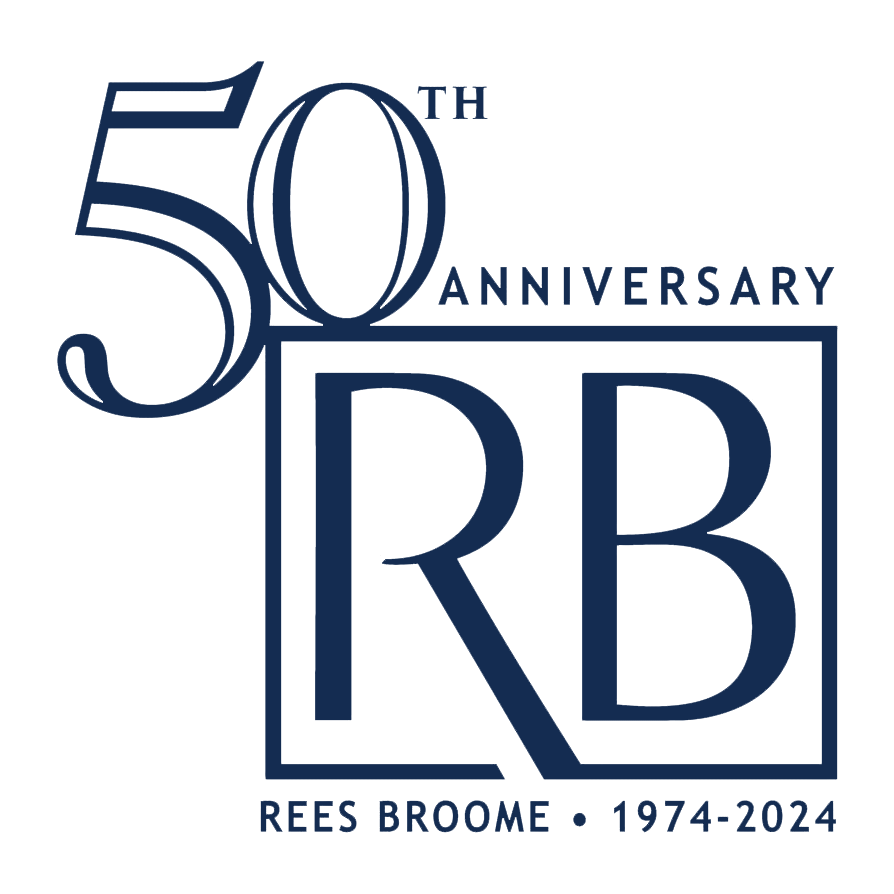By Rasneek Gujral and R.A. Hurley
As discussed in our prior Maryland and Virginia legislative updates, both legislatures have adopted permanent solutions allowing for more robust virtual meetings (the DC Condominium Act already provided a framework). These changes include electronic meetings, electronic transmission of signatures, votes, consents, and approvals. With annual meetings around the corner associations will need to ask themselves what works best for them when it comes to the use of technology to conduct meetings and count votes.
Pivoting to virtual meetings has several benefits. Anecdotally, we have seen that the flexibility provided by virtual meetings results in higher rates of participation, which in turn makes it less likely that a body will fail to make quorum since anyone who attends virtually is considered present for purposes of quorum. Also, any member that votes via electronic means is considered present for purposes of quorum. Additionally, higher participation rates can foster a better sense of community, especially for those associations that may lack a club house or other central gathering space, since more members can attend, interact, or just listen in.
It is important to keep in mind that although the legislative changes have provided the virtual meeting option for meetings, that option may not be the best choice for every association. The Maryland and Virginia legislatures have instituted changes that impose reasonable requirements regarding participation in meetings. In Maryland, this means that any member participating by electronic means must be able to hear and be heard by all other participants in the meeting. Members who are attending the meeting virtually will be able to vote by proxy (as allowed by the association’s governing documents) through electronic submission as long as the Board sets the deadline for submission no later than 24 hours after the meeting ends. Maryland also clarified that nominations from the floor are no longer required if there is at least one candidate for each open position.
Virginia’s requirement is different and tougher to nail down; it requires an opportunity for the member to participate, but it also allows a member to opt out of using electronic means to conduct business with the association. If a member declines or is unable to conduct business with the association via electronic means, then the statute requires the association to provide a “reasonable alternative” for the member. What is reasonable will vary depending upon each association’s physical size and resources. What is reasonable will also vary depending upon the type of meeting being conducted – members have more participation rights at an annual meeting than they typically do at a board meeting. In terms of voting, alternative methods may require the use of paper proxy forms and ballots in lieu of electronic voting.
If an association determines that it wants to take advantage of the ability to conduct meetings virtually, the Board needs to put serious thought into the logistics of how this will get accomplished and work closely with counsel and management to accomplish it. While Maryland’s new legislation grants authority to conduct electronic meetings with no further action, Virginia’s new legislation requires that an association take the affirmative step of adopting guidelines for electronic meetings. Even though only the Maryland statute mandates active participation ability be provided, the truth is that in all three jurisdictions any plan to conduct meetings electronically will need to be thought out well in advance to ensure that all requirements are properly addressed. Members will need to be provided with notice and instructions on how to participate in the meeting. A system will need to be put in place to make sure that only authorized individuals may participate in the meeting. If there are to be customized solutions for voting, then the vendors will need time to create solutions to accommodate the association’s needs. All of this takes time. An association may also need to plan to provide for physical participation in some form as well. The amount of preplanning required to successfully conduct a virtual meeting means that this type of meeting is not the solution for forgetting or failing to properly plan for a meeting ahead of time.
As alluded to previously, these changes to the law apply to all association meetings, not just annual meetings. Should some event occur that makes it undesirable for a governing body to meet in person, the association can continue to function.
Our legislatures in Maryland and Virginia have provided a framework that allows community associations to take advantage of the tools of the modern world to conduct business by electronic means should they so desire. Boards of directors should consult with management and counsel to determine if they can benefit from electronic meetings and what options are best for their association to implement.
